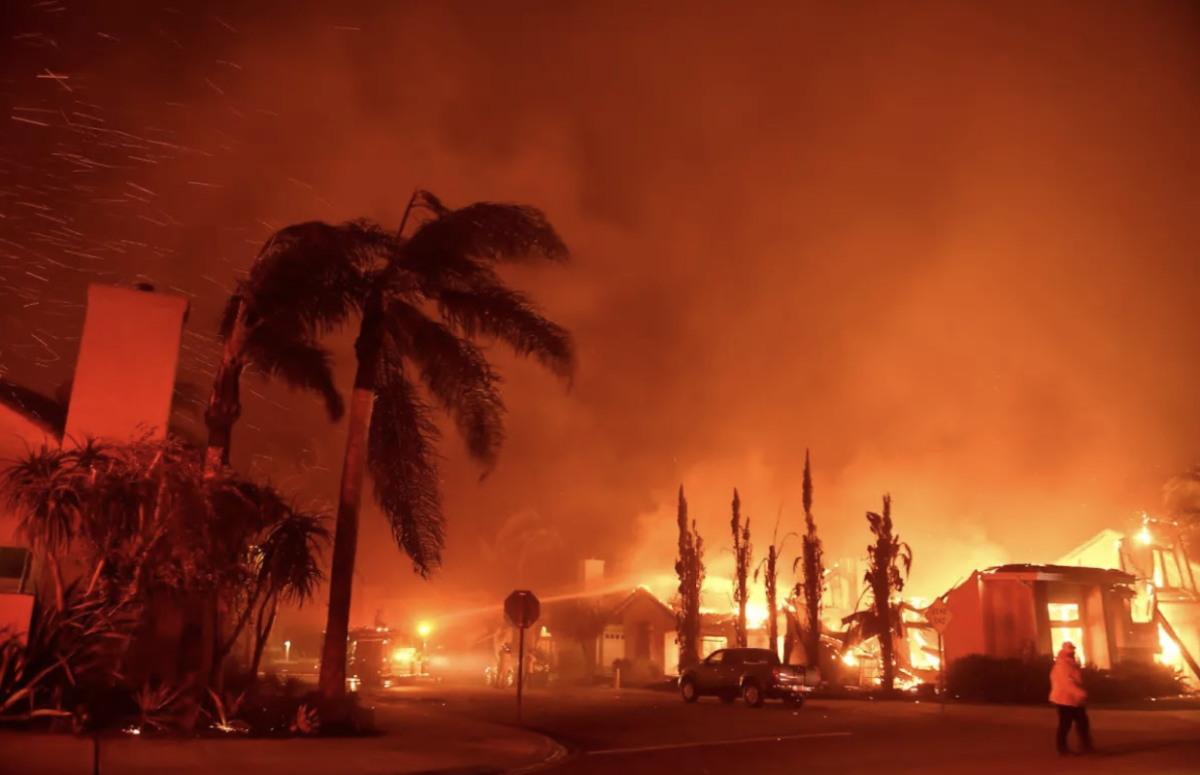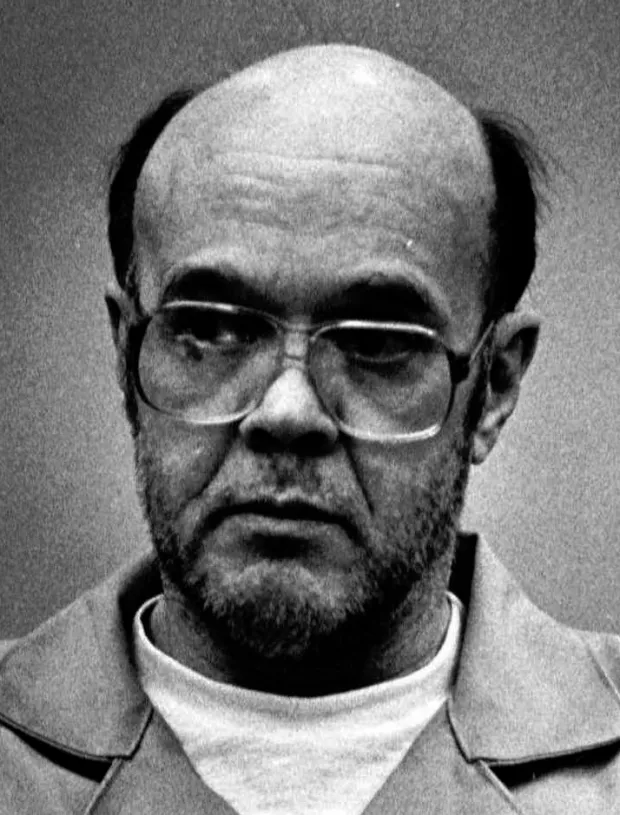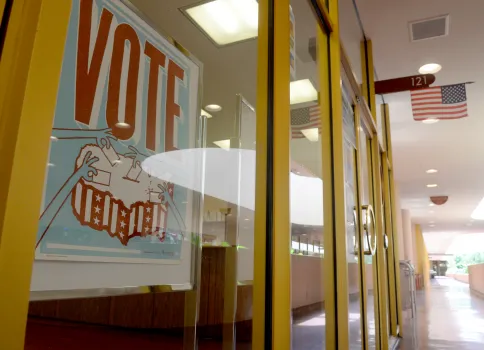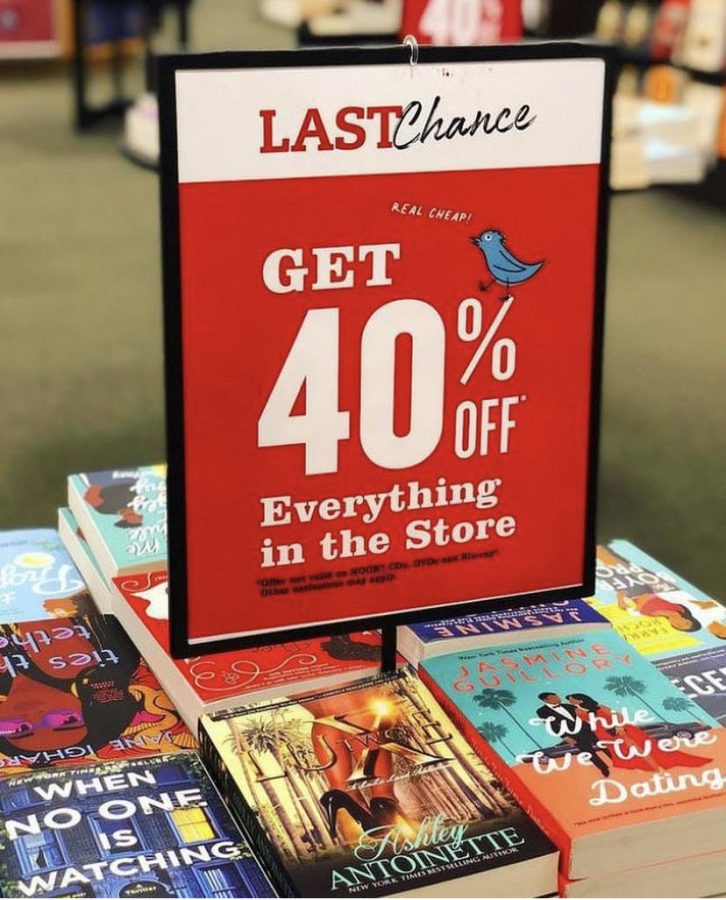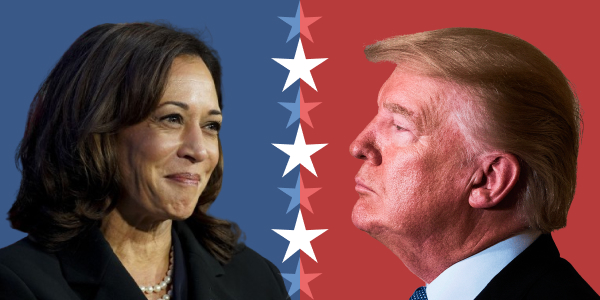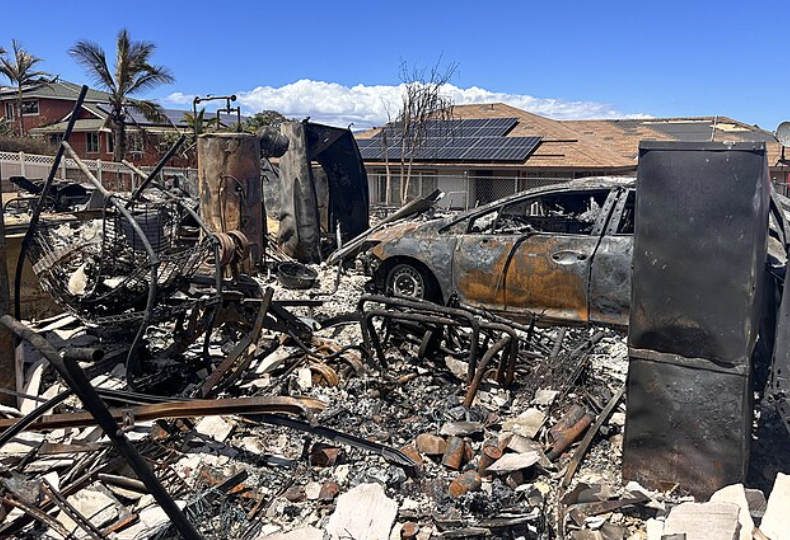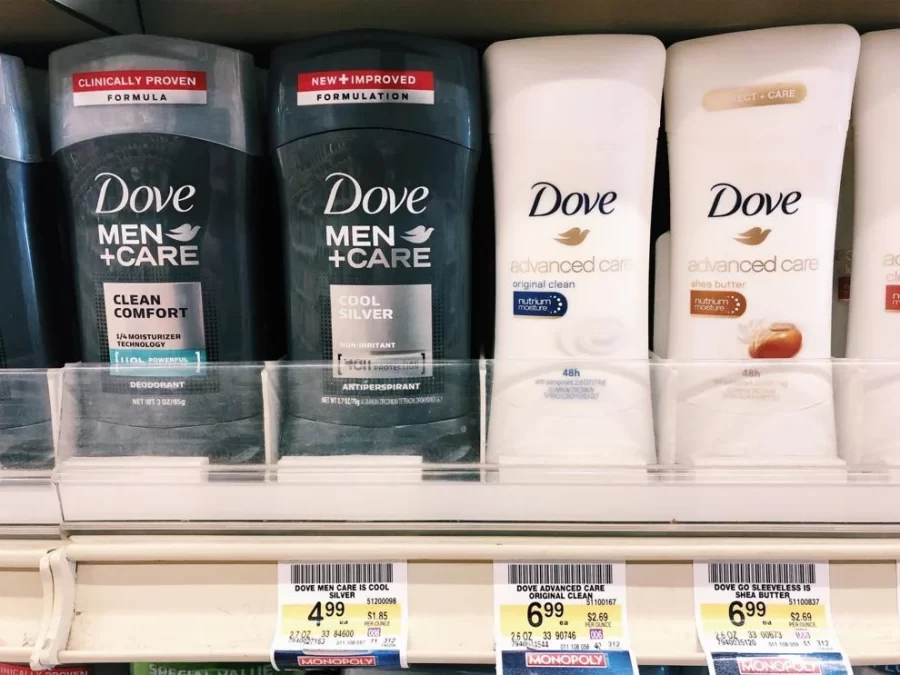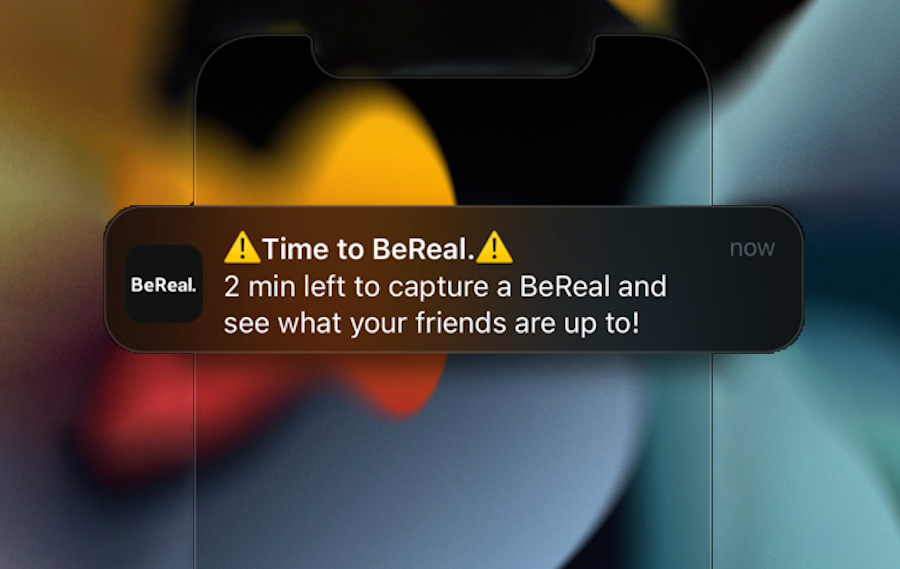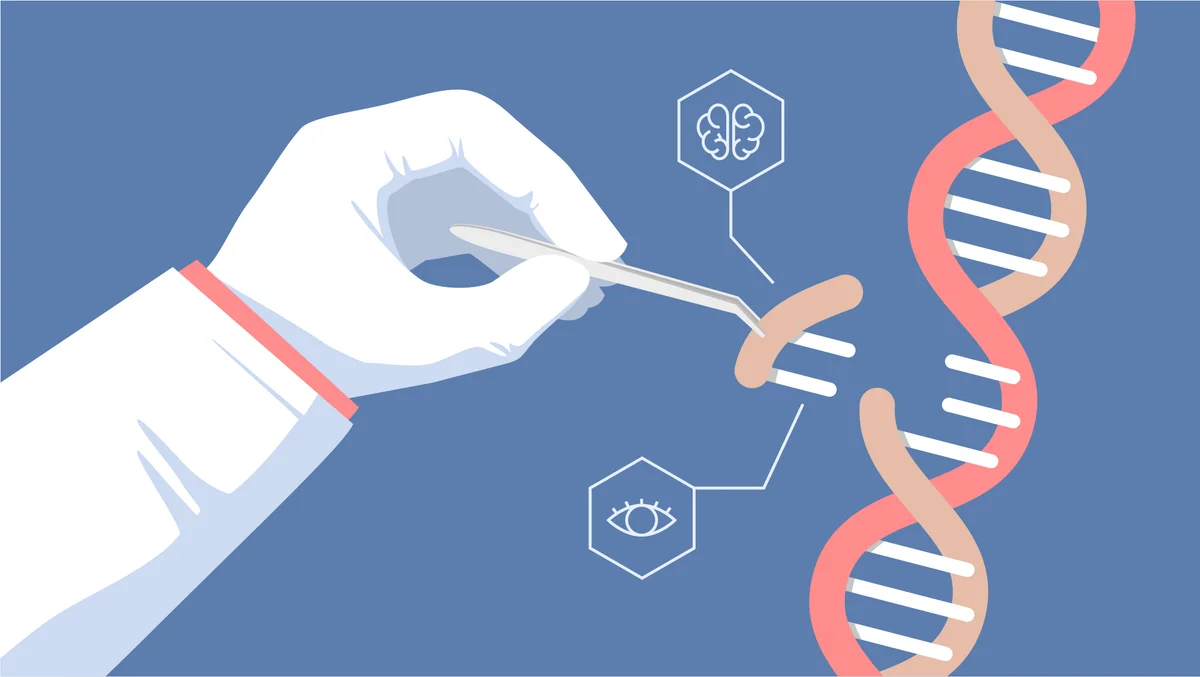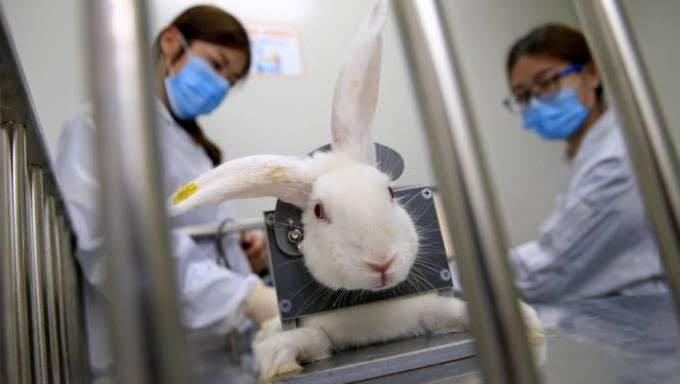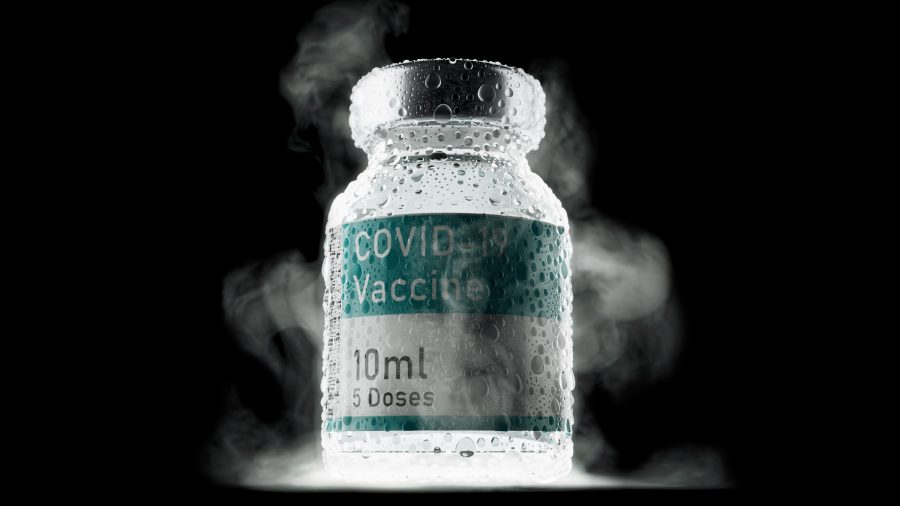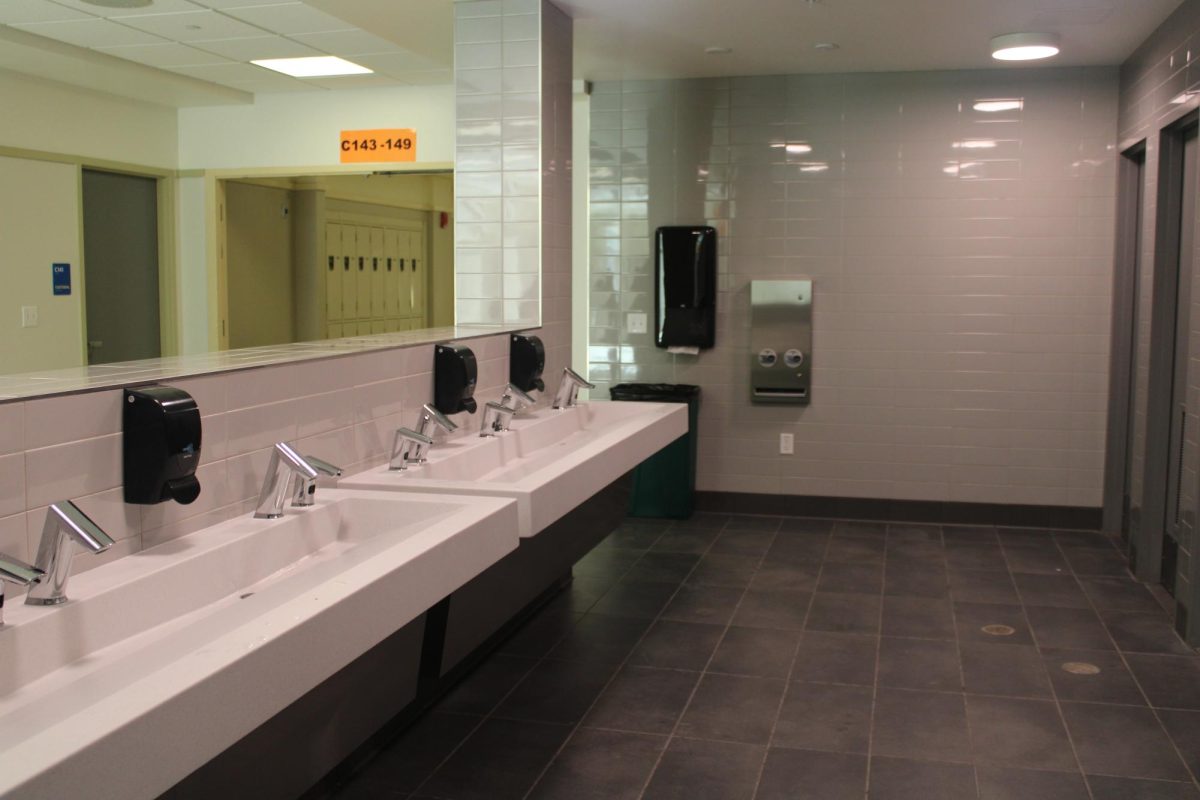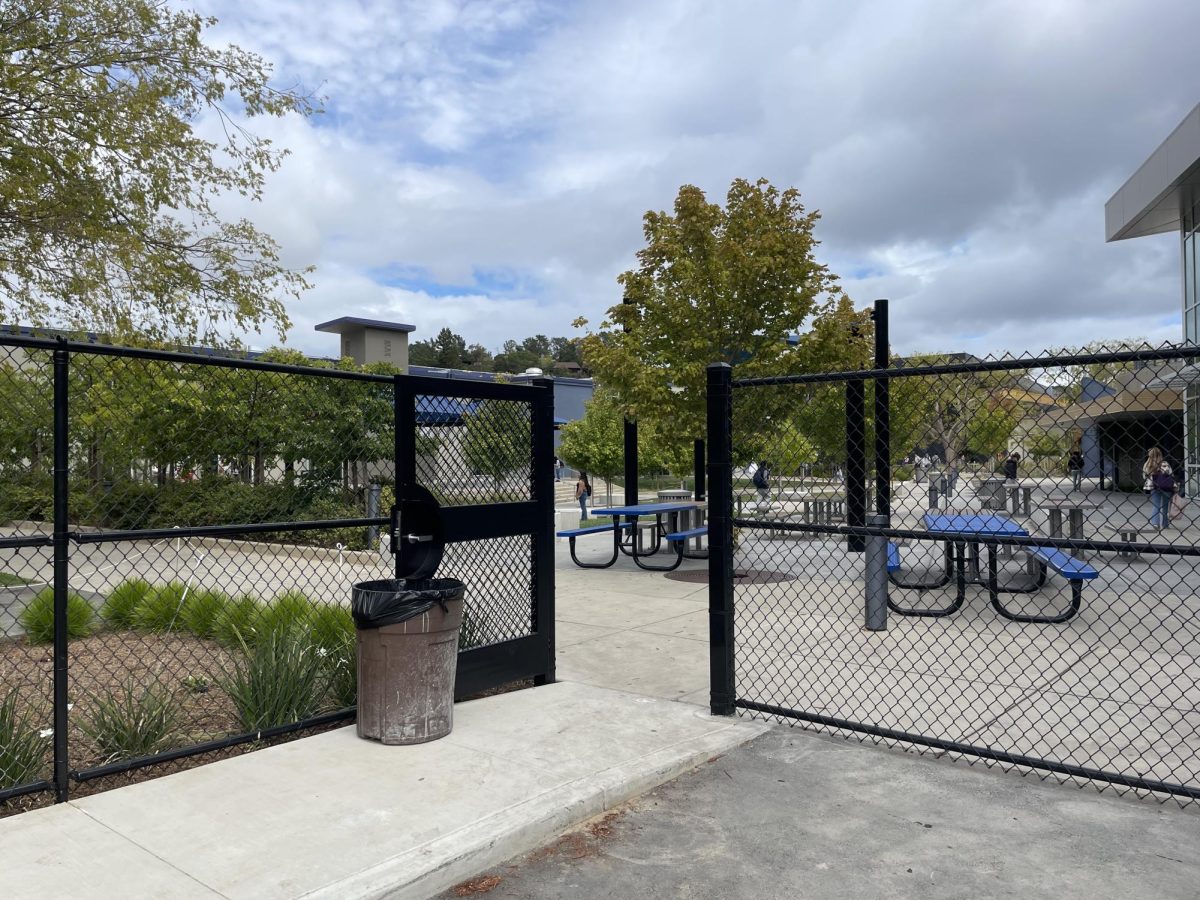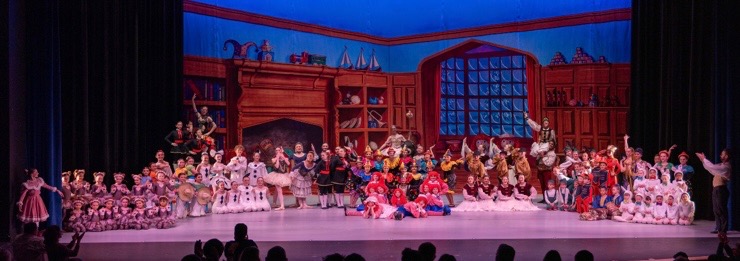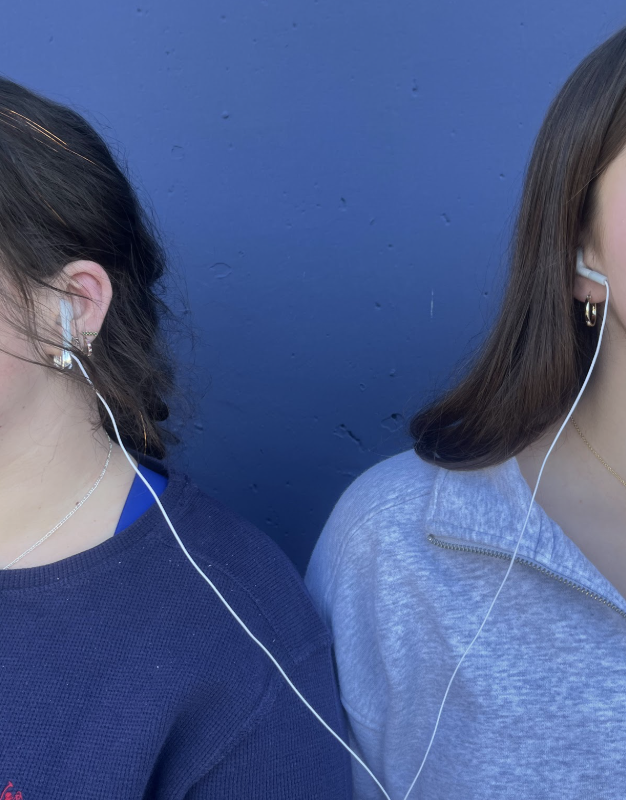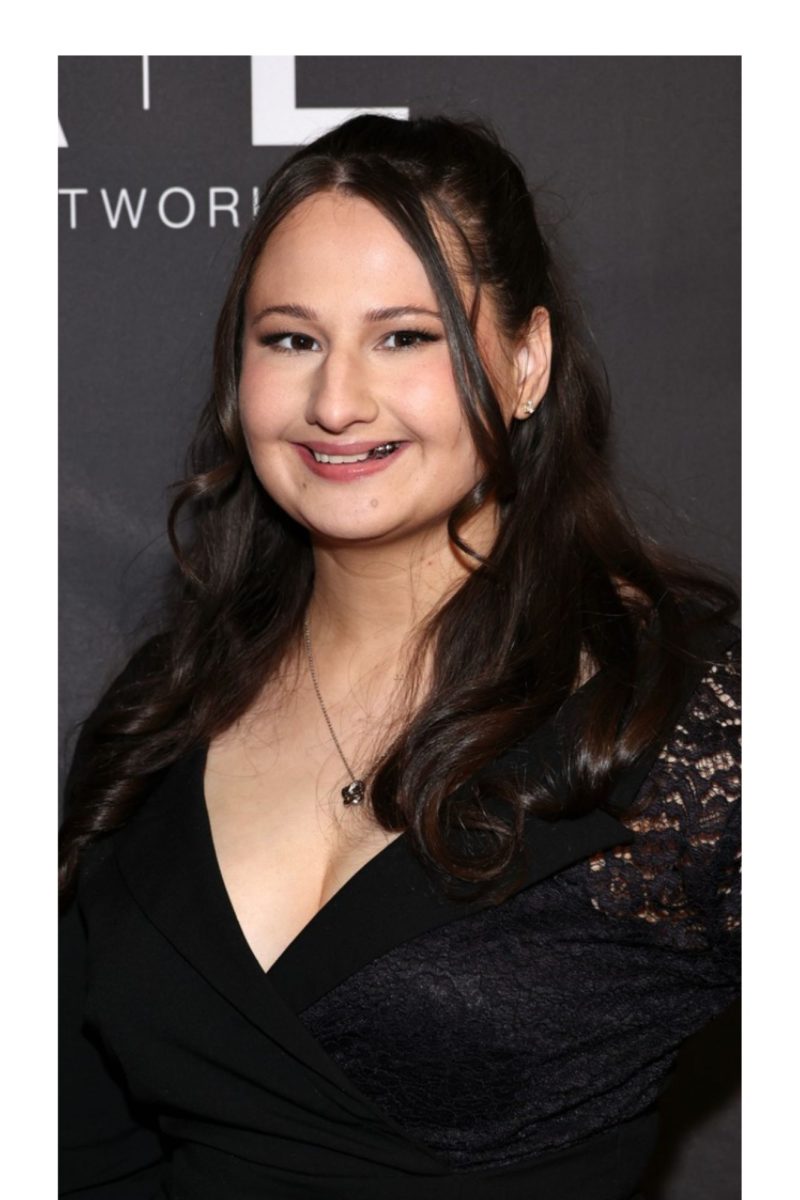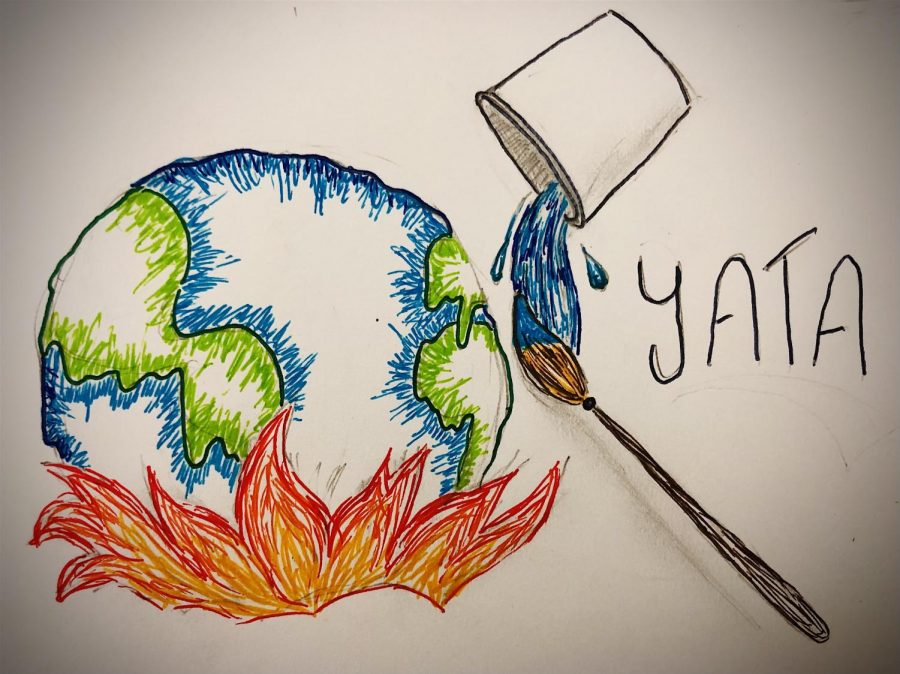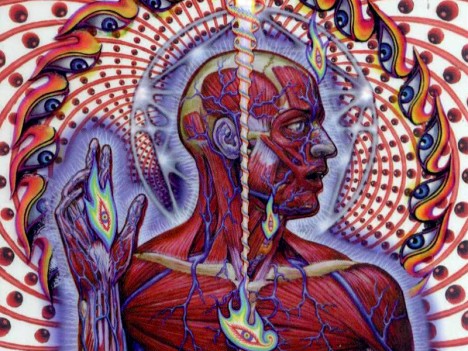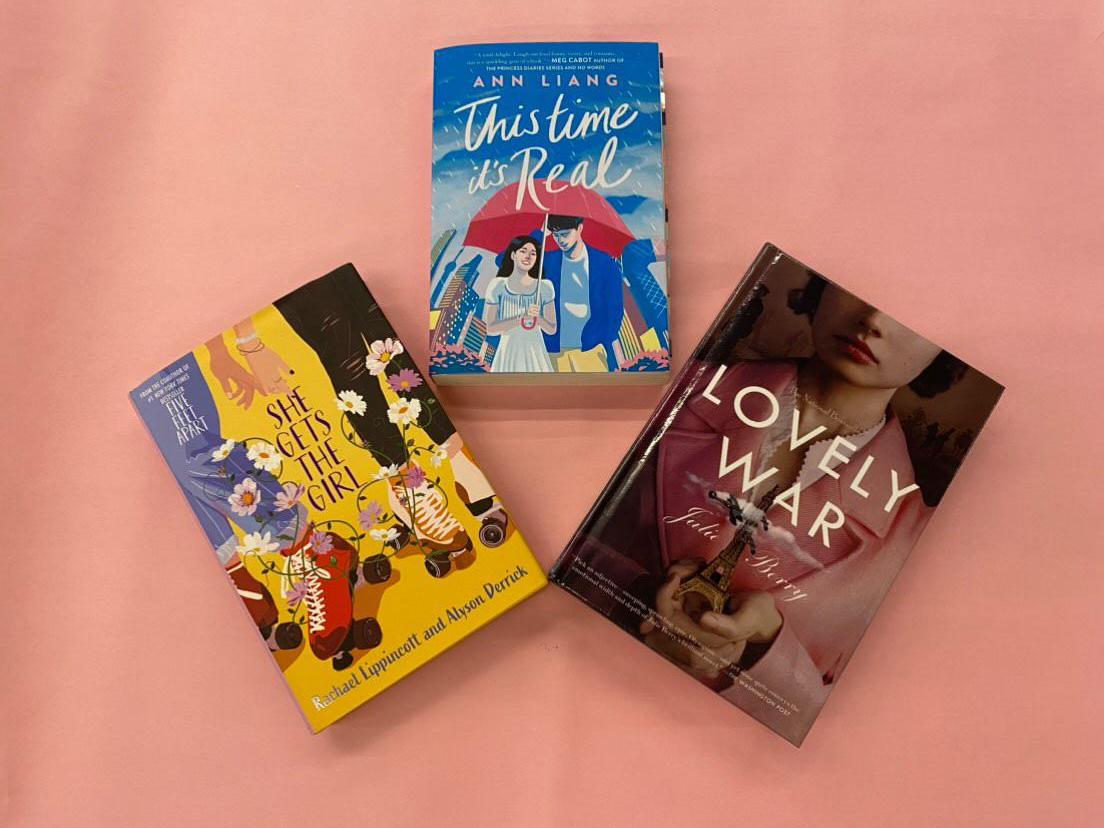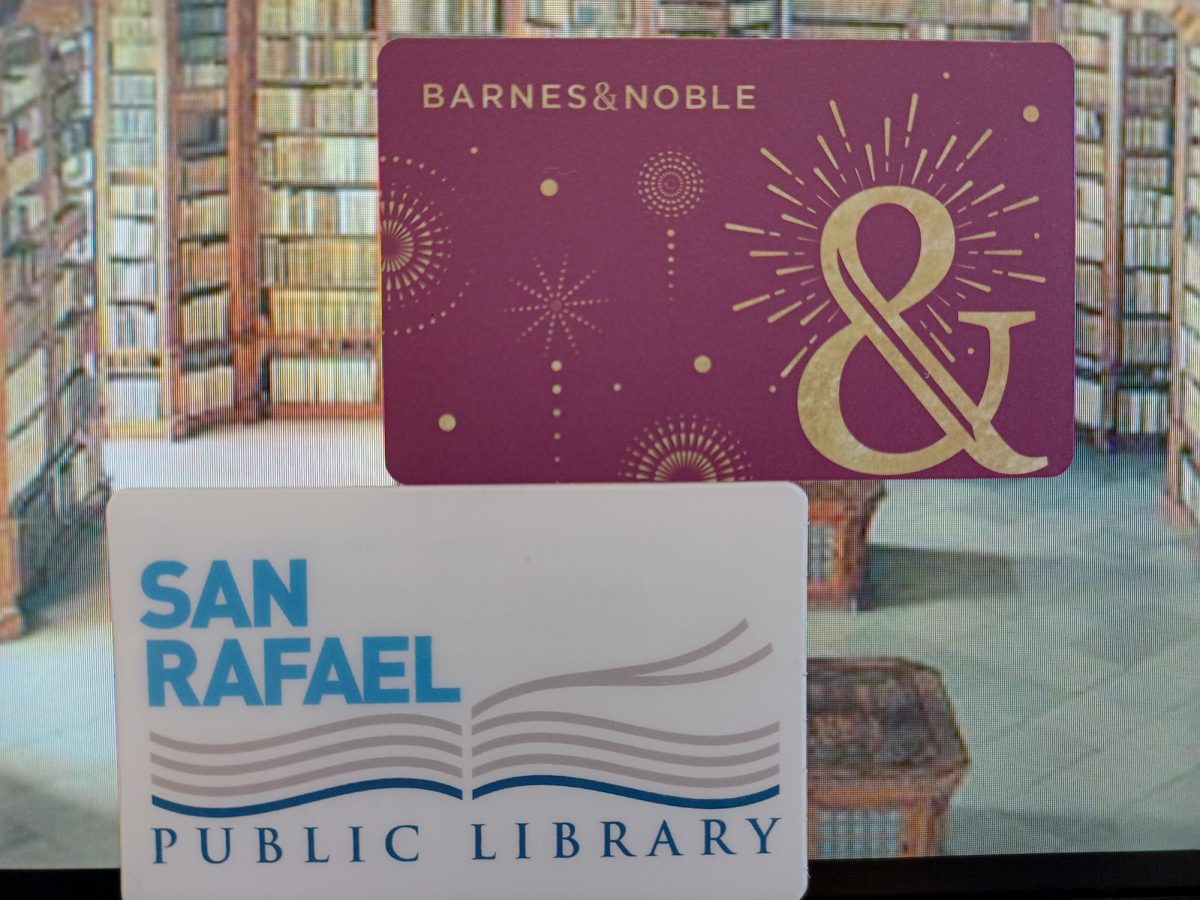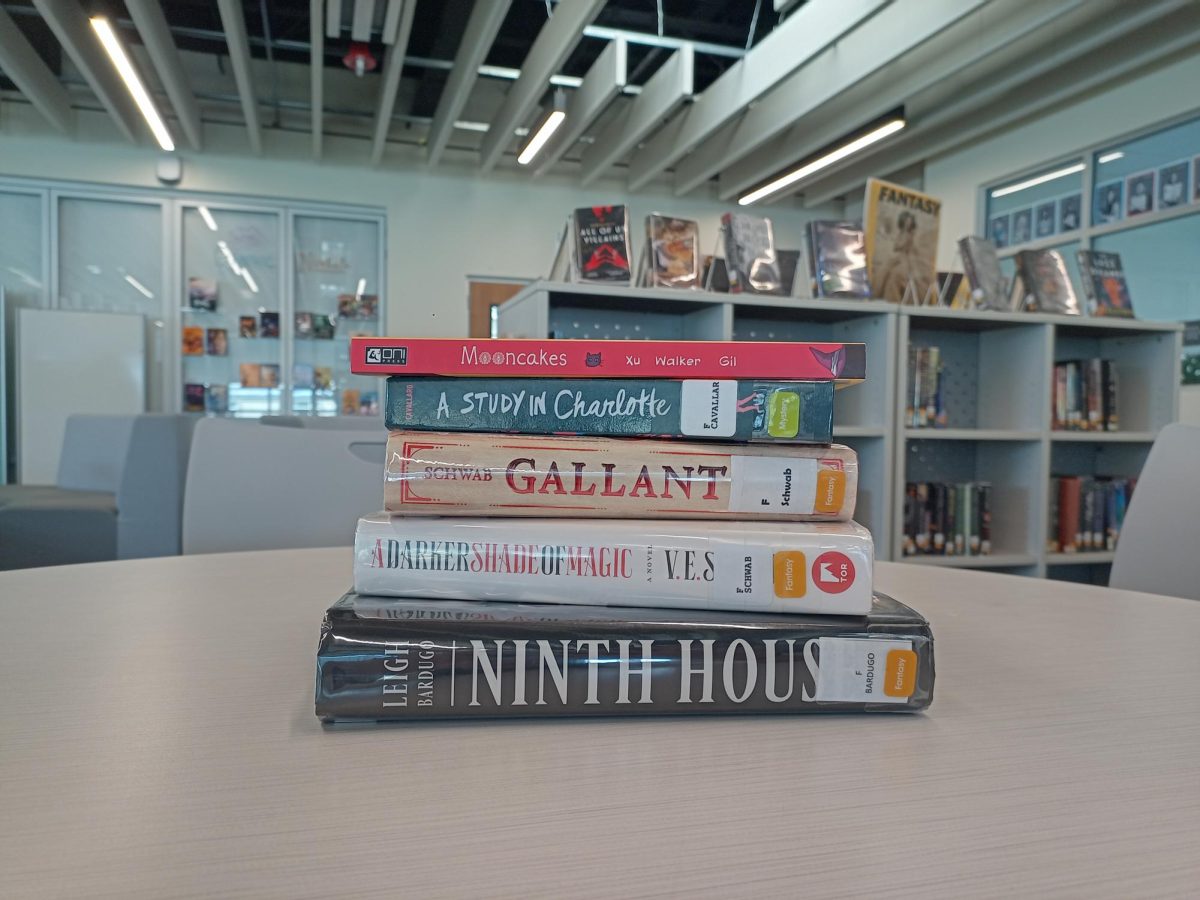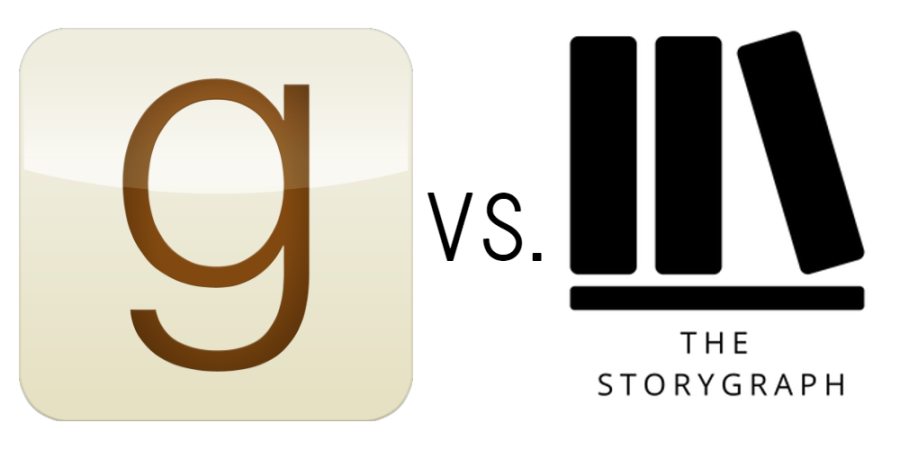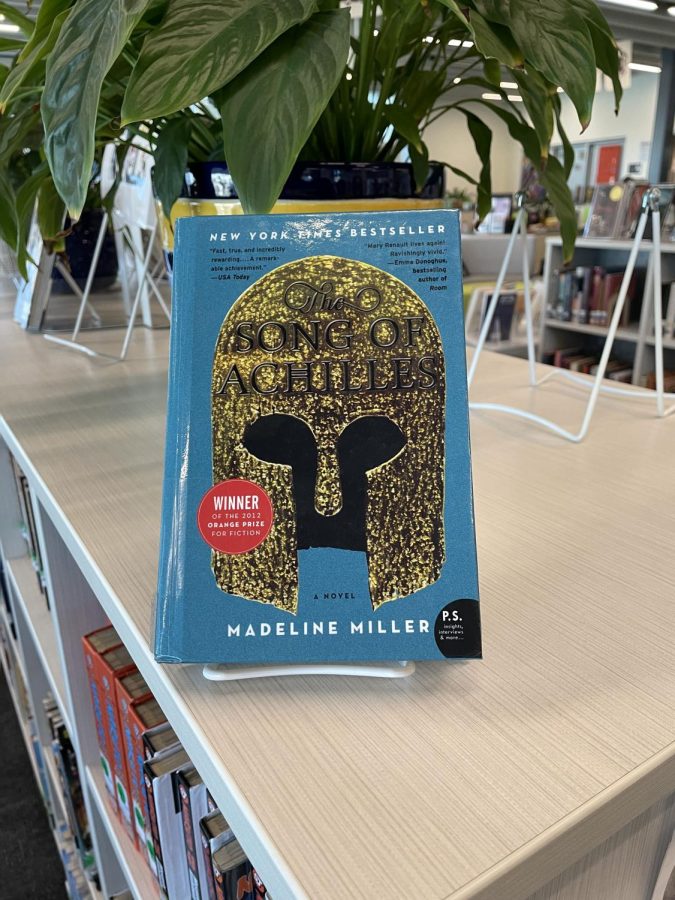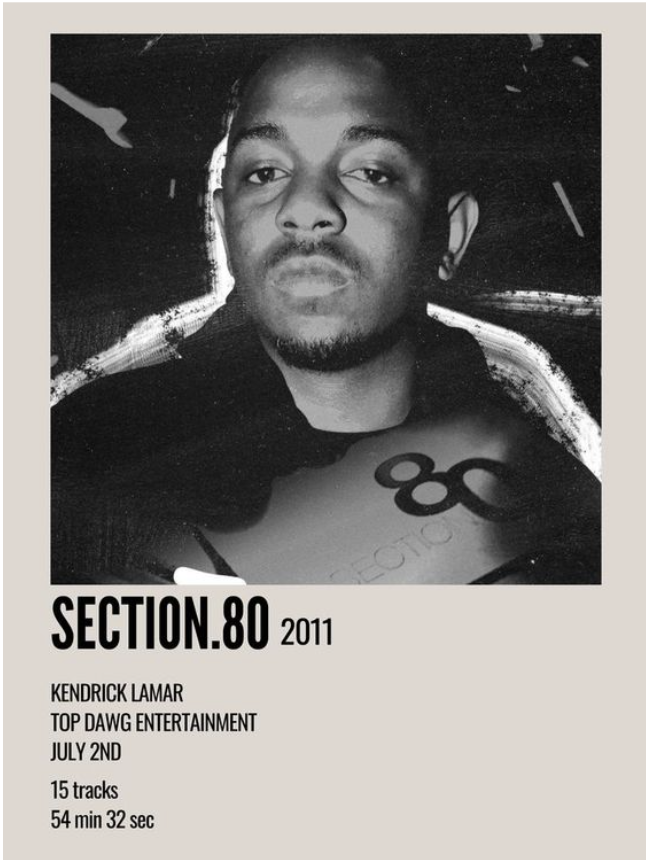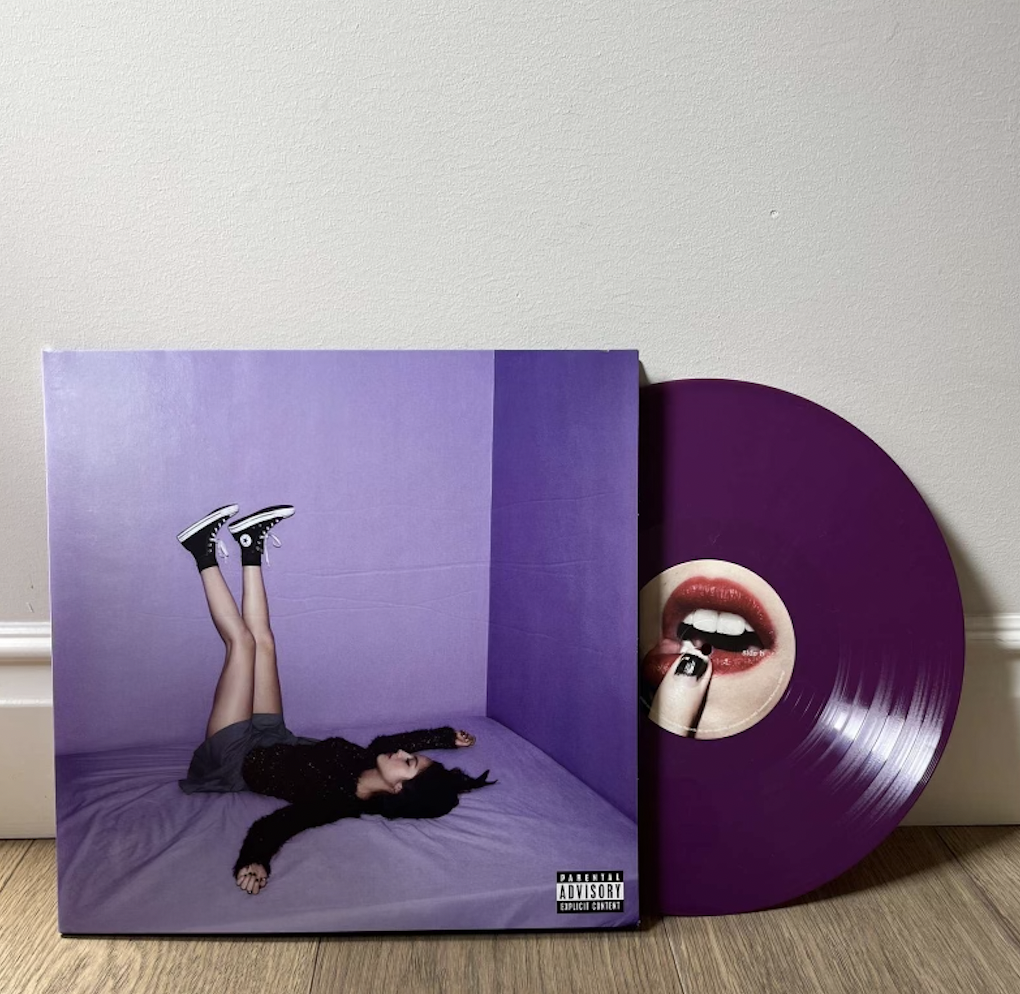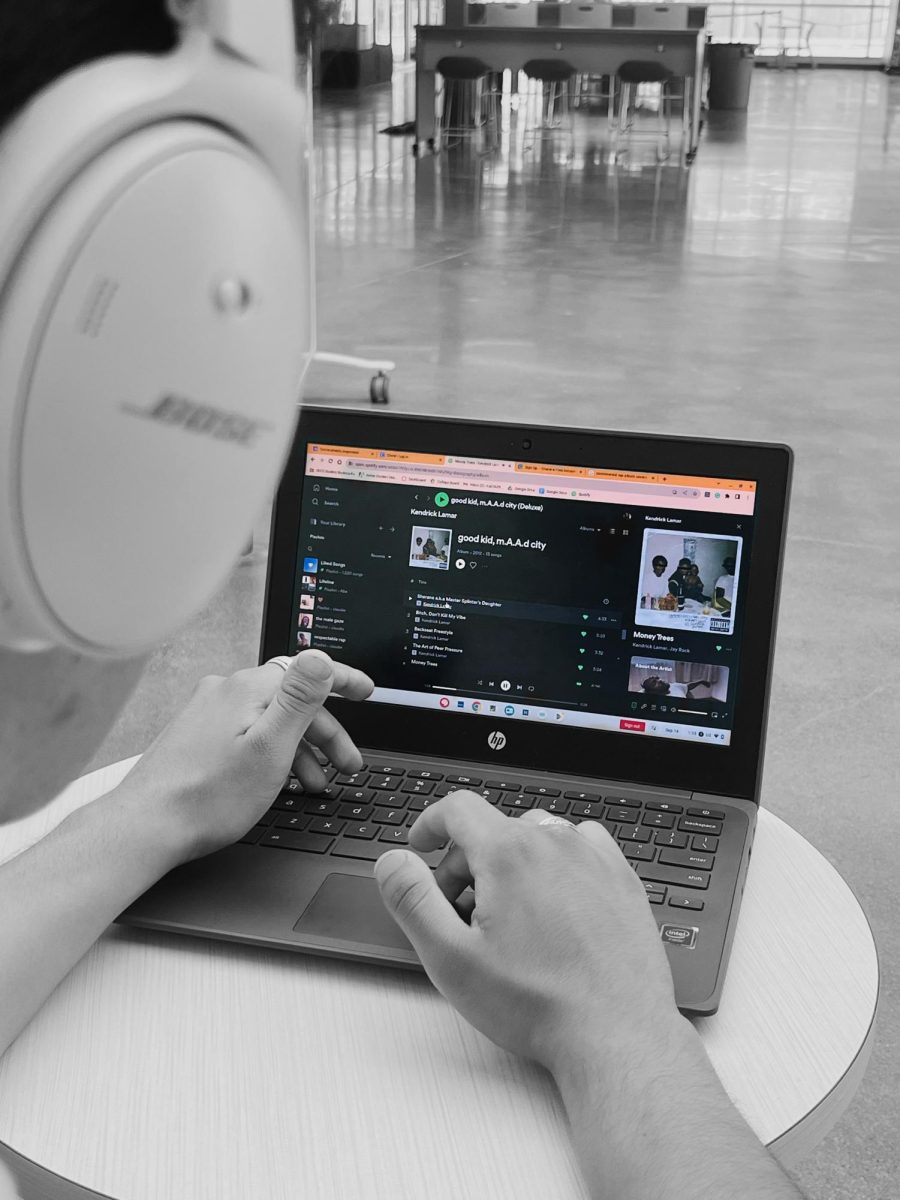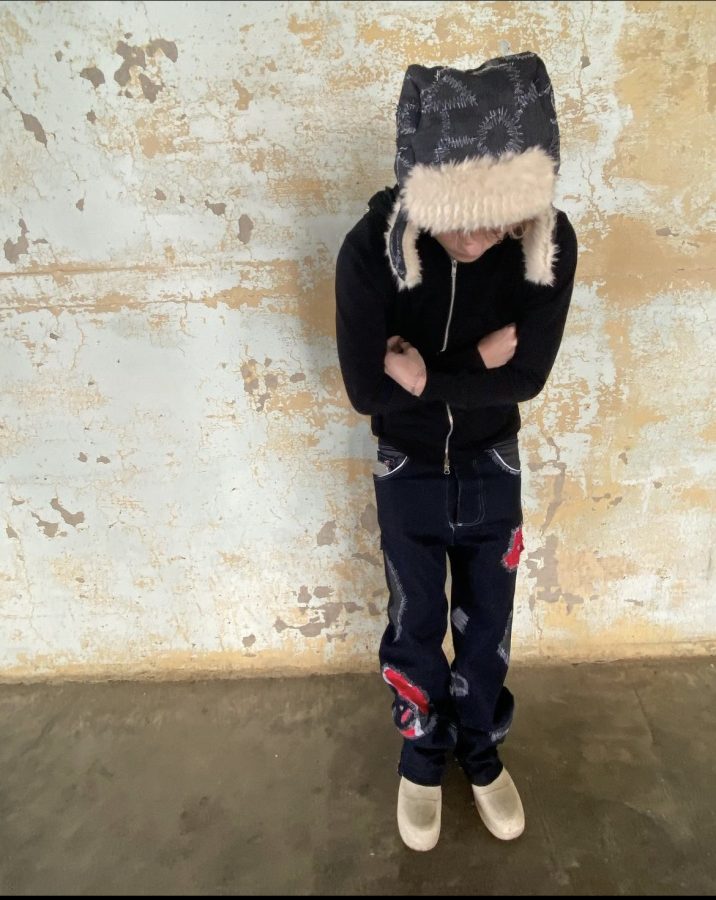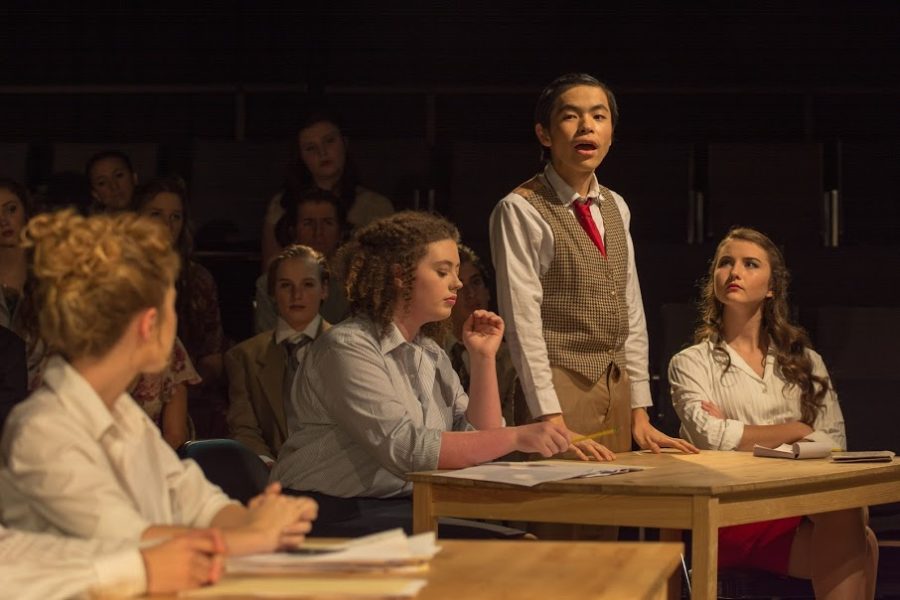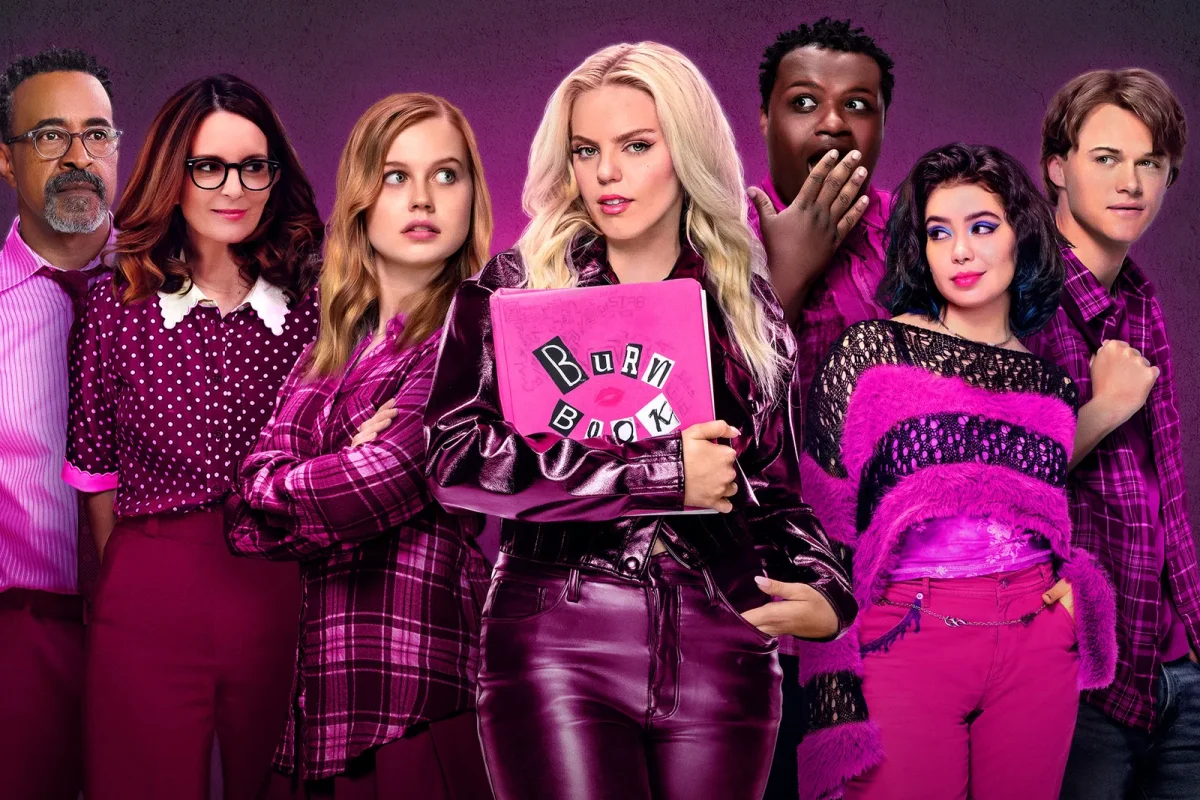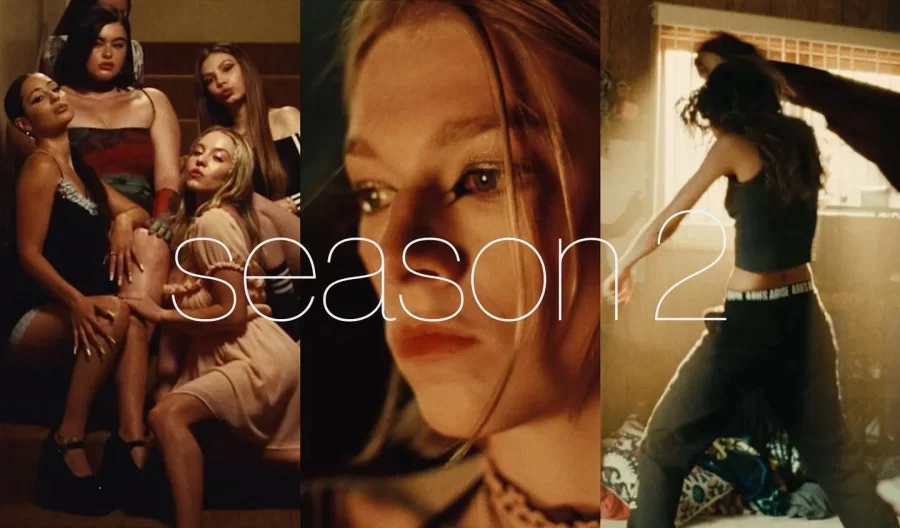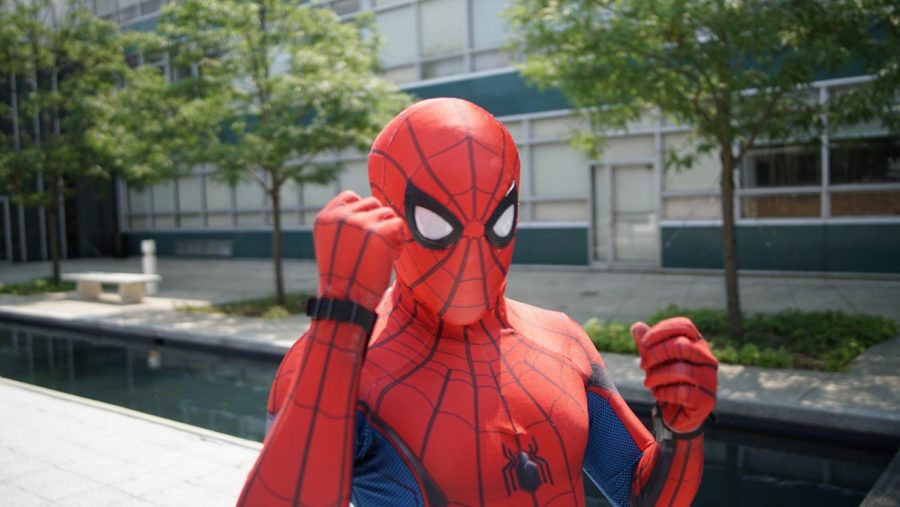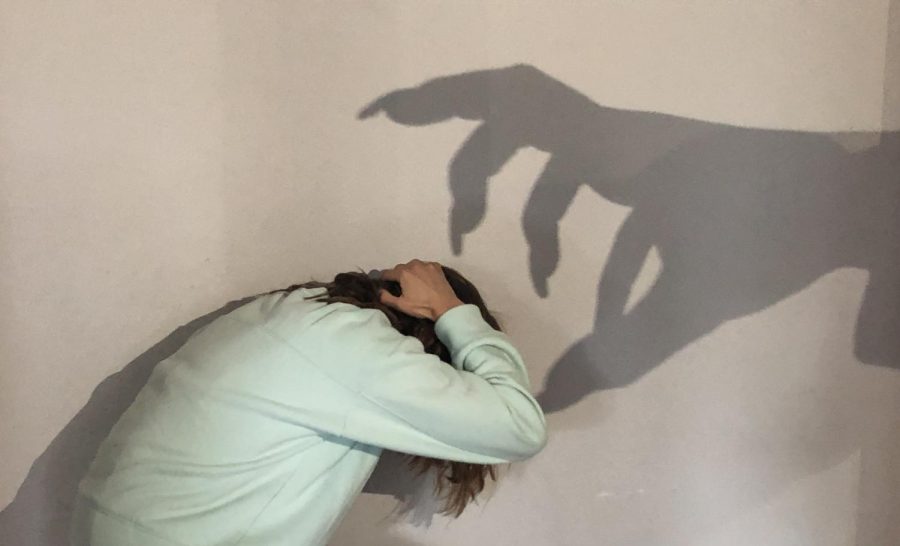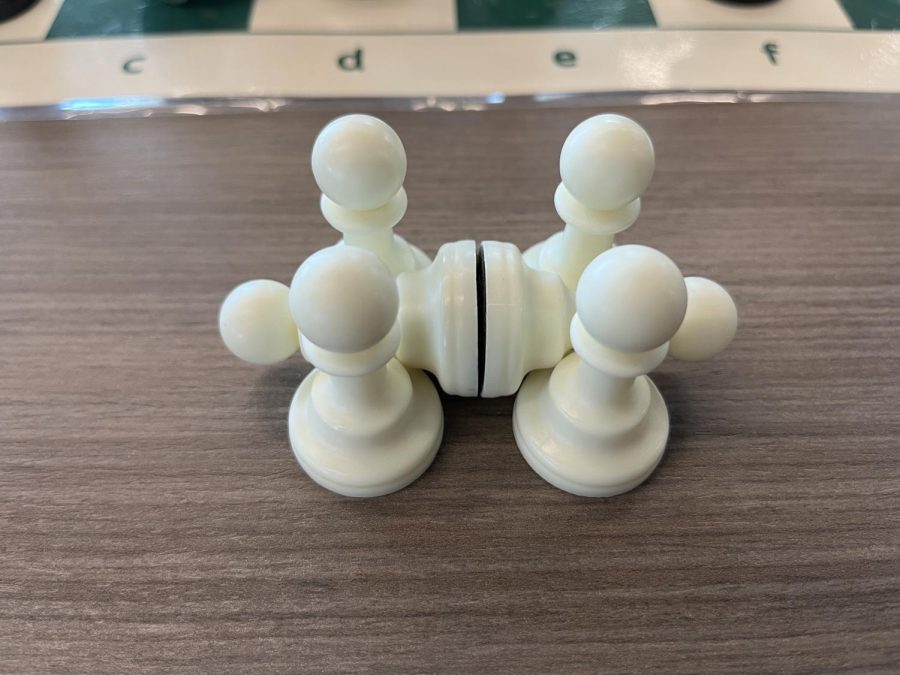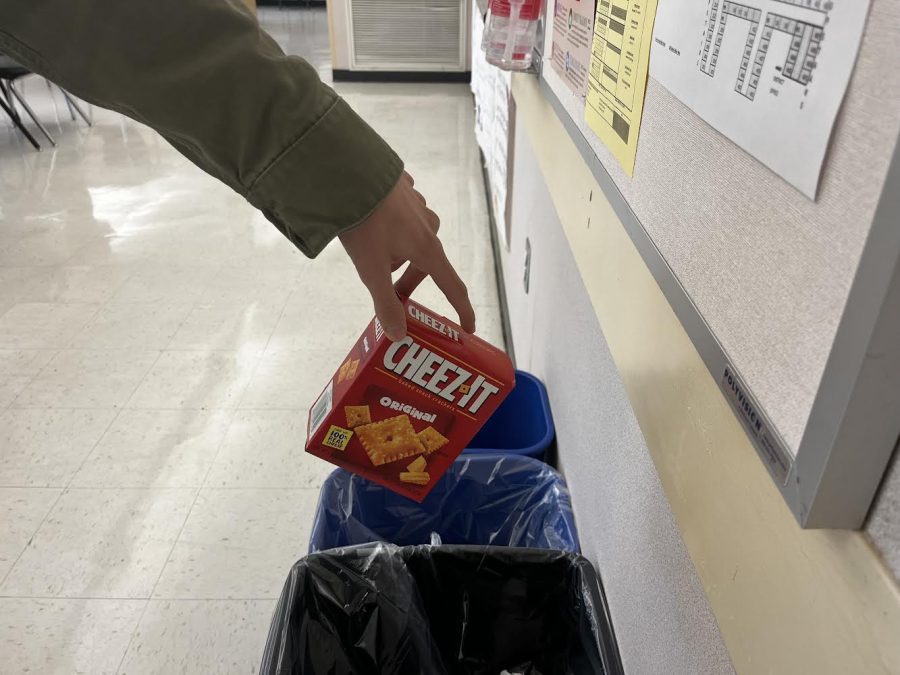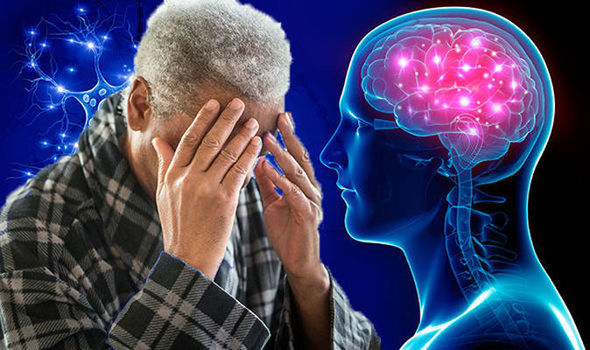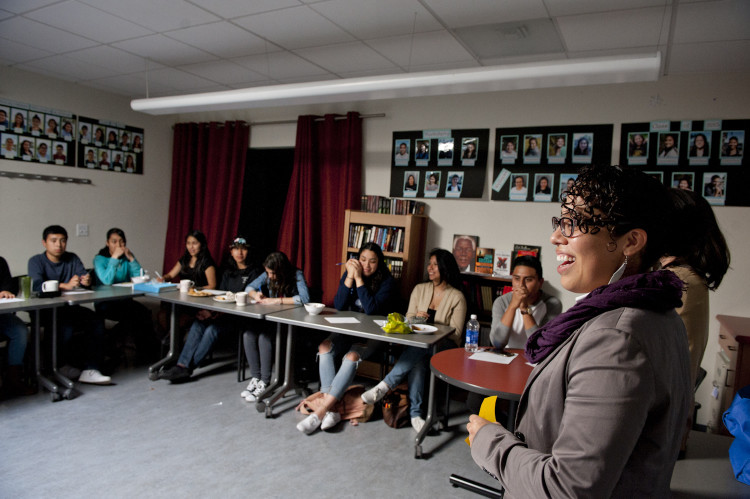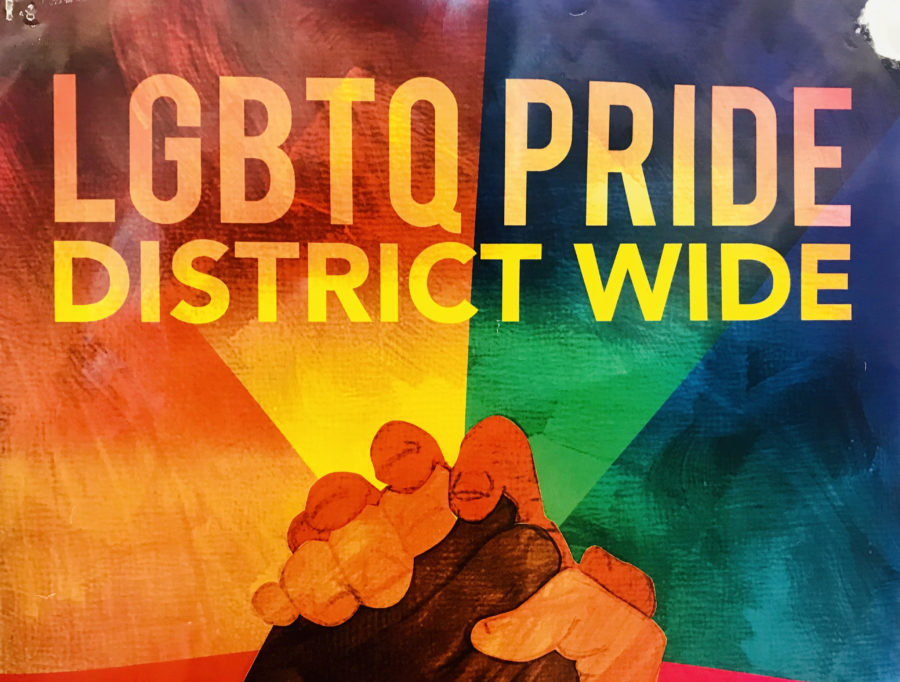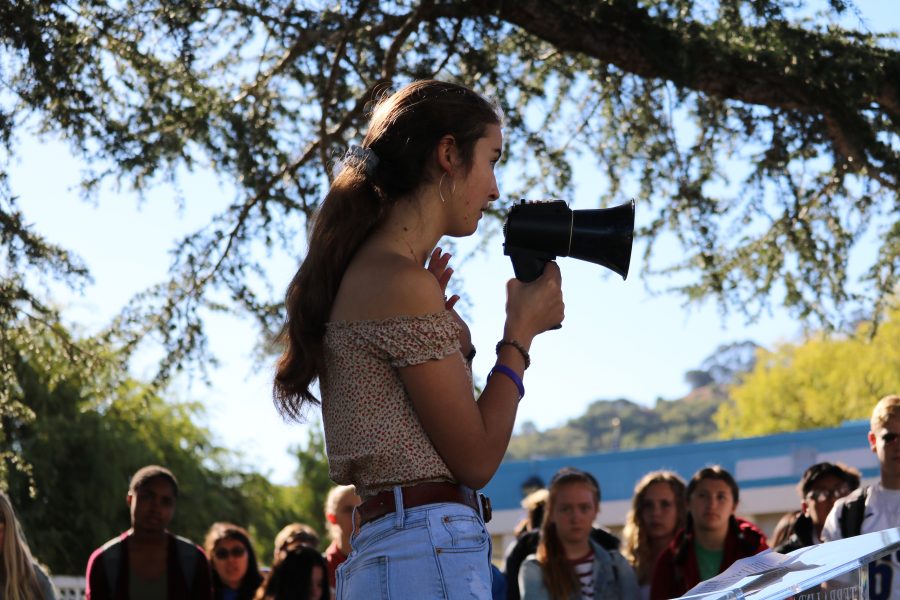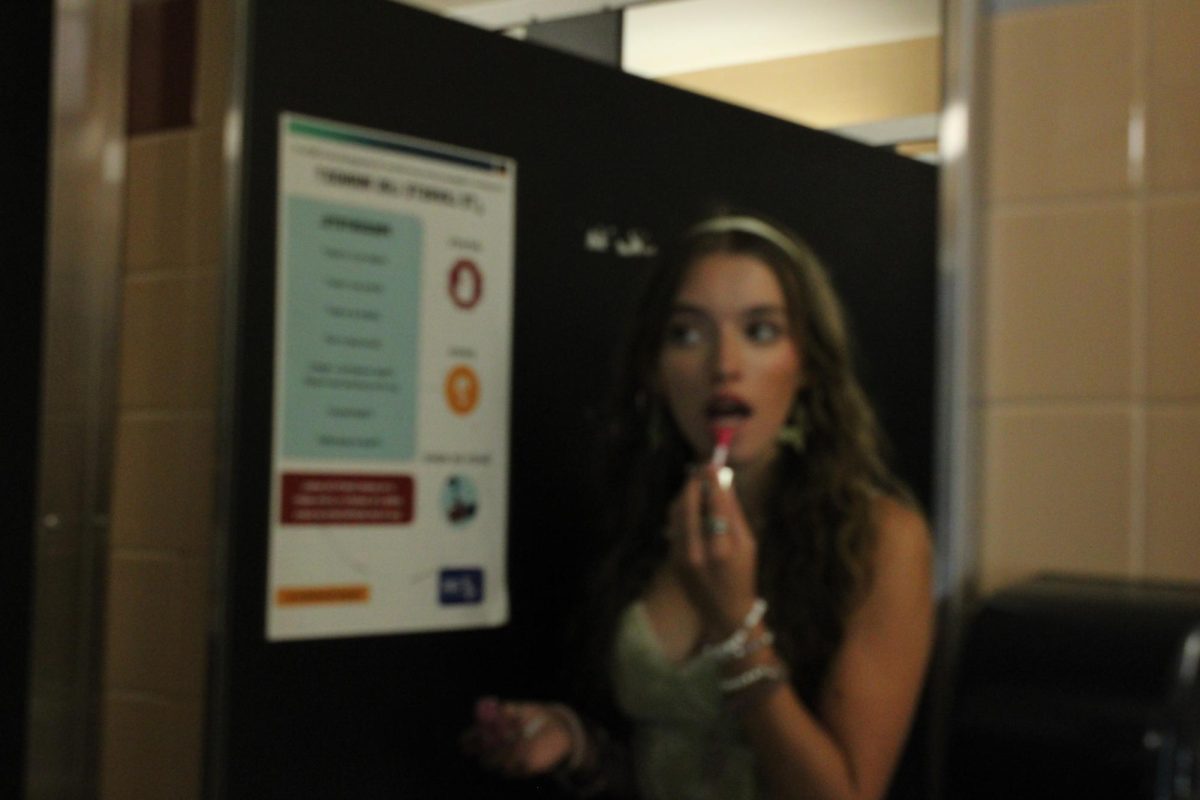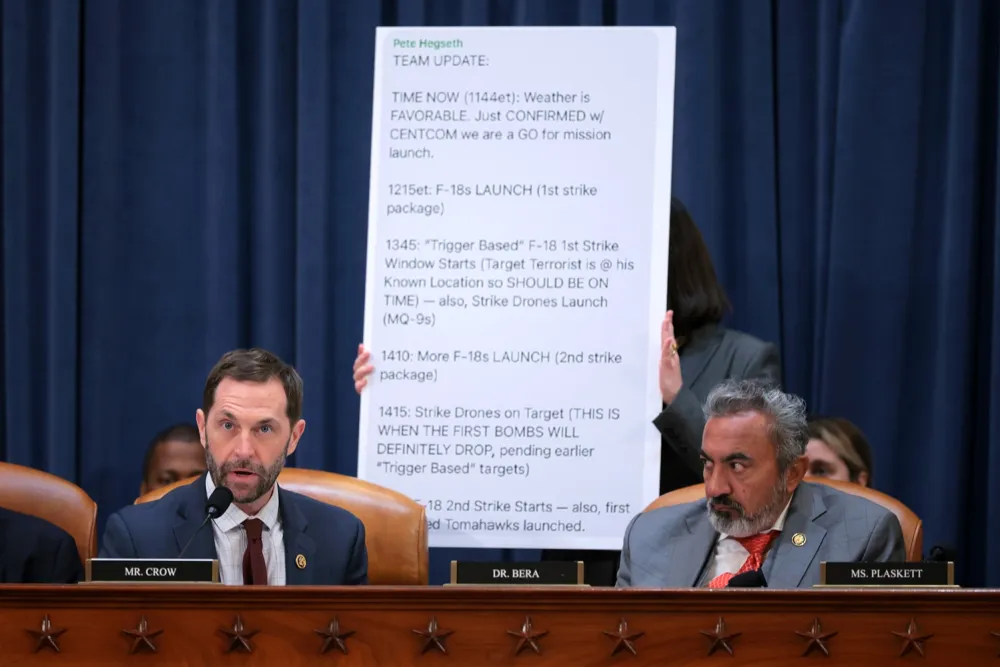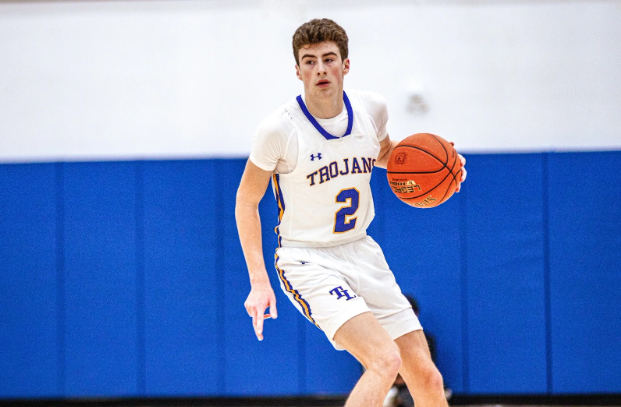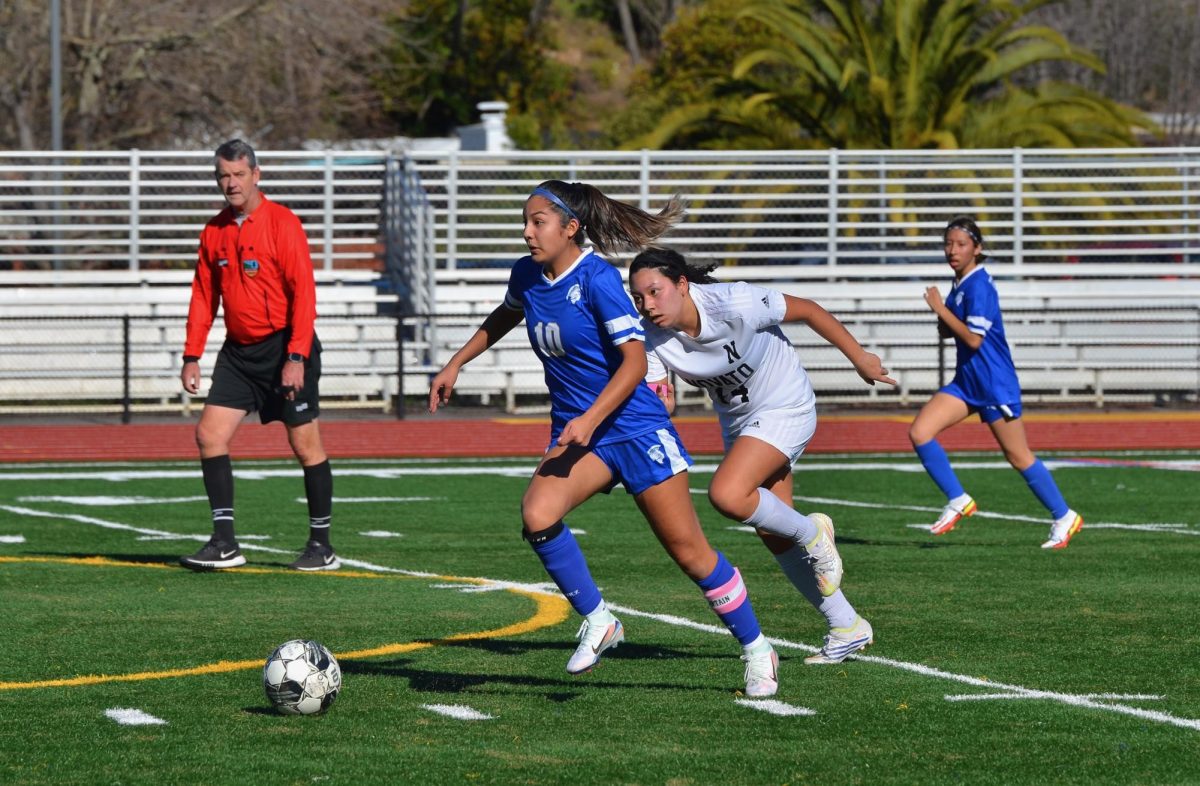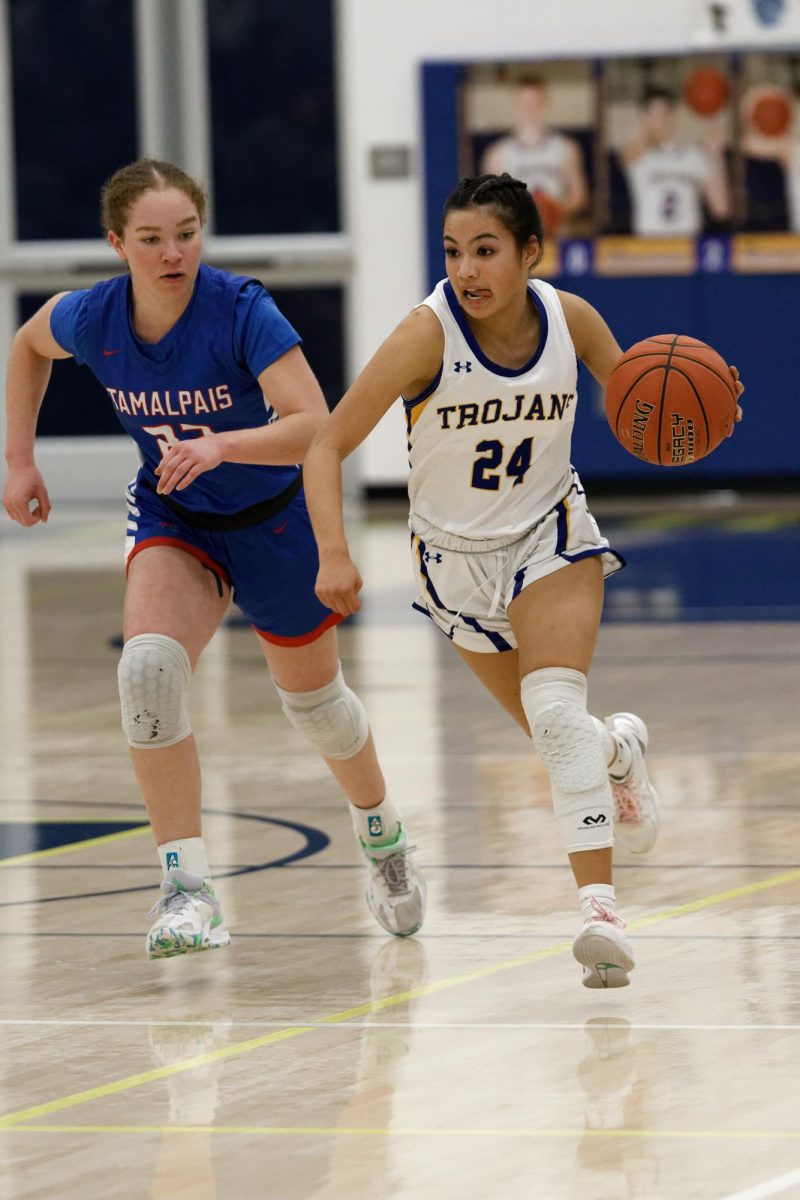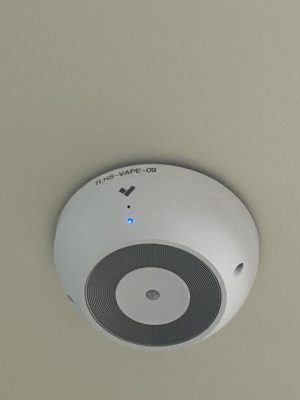Euphoria: How Much Is Too Much?
March 10, 2022
The glitter, drug use, alcohol and assault suddenly turned into an aesthetic– the style and theme and overall view of the show. Euphoria expresses the vibe of a look into teenagers’ lives as each character faces conflicts through both the first and second seasons. “The second season shows more of a cinematography that creates fantasies,” explained Ms. Button, Wellness Center Mental Health Clinician.
Euphoria has been described as a show that “normalizes” substance use by having characters that amplify the “glamorous” effects of being high.
“Drug usage is often used as an addictive fix to a temporary issue. Euphoria can depict the constant drug usage as euphoric, leading to the wrong message– especially to younger viewers who are more likely to be easily persuaded,” remarked Terra Linda freshman Sofia Gonzalez.
But is this show a good influence? “Parents view the media and might feel like they have to generalize a lot of different shows, but nature creates a priority and a scared feeling for what their kids could be thinking is normal,” stated Ms. Button. Sophomore Kimberly Alvarez added, “the whole show doesn’t make everything an aesthetic and alluring.”
Main character Rue Bennett, a 17 year old high school student and narrator of the show, takes you through friendships being lost because of being in love, relapsing from hard drugs, meeting new friends and significant others, the emotions that family and friends behind the scenes, toxic and abusive relationships, online dating, and the and a play called Our Life, written by one character about the trials of all the others.
Shows like this are controversial, but are they educational? The 2017 Netflix series 13 Reasons Why, involves a 17 year old teenage girl, Hannah Baker who takes her own life due to the progressively harmful behavior of classmates and peers. 13 Reasons Why and Euphoria relate in that both shows create an aesthetic which may influence young adults to have certain behaviors or make dangerous decisions.
Ms. Dunlap recalled that when 13 Reasons Why aired, parents questioned whether or not the show is a proper influence for young adults as it potentially glamorized suicide, while Euphoria glamorizes drugs and alcohol. Both are compelling to watch, and the question is what age they are really meant for. Both shows are important to watch because it gets students talking about important issues.
Each characters’ background and their connection are eventually revealed. The nudity, drug dealing, betrayal and substance usage show the audience the real effects and aftermath of each and every decision, with cause and effects.
“Euphoria shows the reality of mental illness and drugs affecting both the person and the people that surround them. Compared to other shows, (they) give a look into the dangers of drugs and partying, while other shows glorify it,” a Terra Linda Junior anonymously states.
Marin County, having high rates of underage drinking and drug use, stated that found in 2017 and 2018, “alcohol, and drugs at parties are very easy to access,” according to marincounty.org.
Ms. Button posed, “the intensity may make teenagers think that being a normal kid and being like the characters in the show are what a normal high schooler does and makes people think, “is that’s what I’m supposed to be doing?”
Ms. Button added, “Euphoria creates an unrealistic standard for what high schools are supposed to look like.” High school students are comparing themselves to one another, being peer pressured out of their comfort zone, and not understanding that safety is very important in every situation.”
“I feel that the show looks into teenagers lives with a lot of detail, but can be over exaggerated through all the sexual scenes they created with Cassie. They showed her body so much, and [most] 17 year olds wouldn’t,” remarked anonymously by a junior.
One of the main characters, Cassie Howard, is a 17 year old teenage girl who has been sexualized from a young age because of her body. “Although the sexual scenes were very gratuitous, I related a lot to Cassie from being sexualized and objectified throughout my life,” stated anonymously by a junior.
“Cassie portrays a character with a lifestyle that is often overlooked. Many teen girls go through [a similar thing] where they’re manipulated and degraded into doing something that they’re told is right when in reality it’s wrong,” continued Sofia Gonzalez.
Controversial shows will never go away and messages will be perceived differently. It’s up to you whether or not the show is being viewed in an educational way or more of a bad influence but everyone will have their own opinions that should be respected.
The Wellness Center is a great resource if ever in these types of situations there are a few off campus resources. The National Crisis Text Line is available to text at 741741. Locally, the Marin Suicide Prevention & Crisis Hotline is available to call at (415) 499-1100 and the you can text the Marin Mobile Crisis Response Team at (415) 473-6392.



